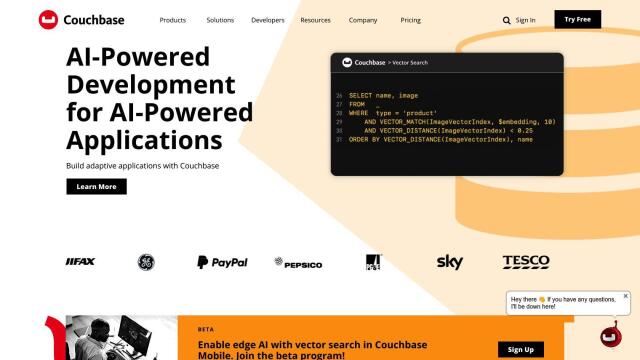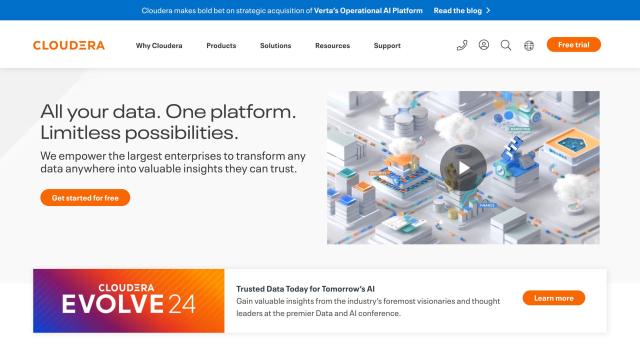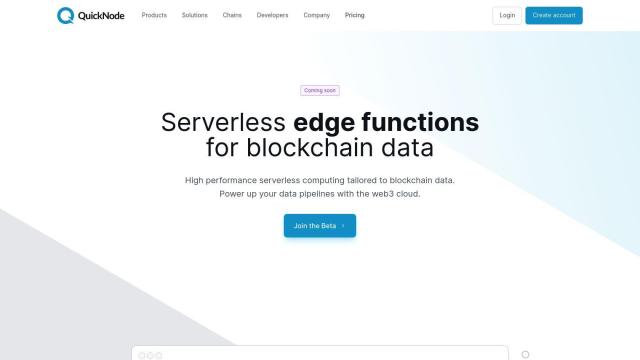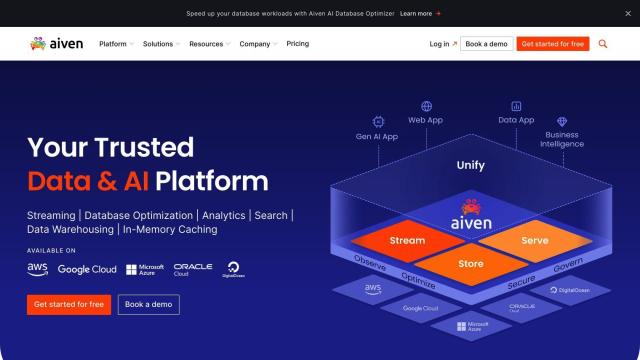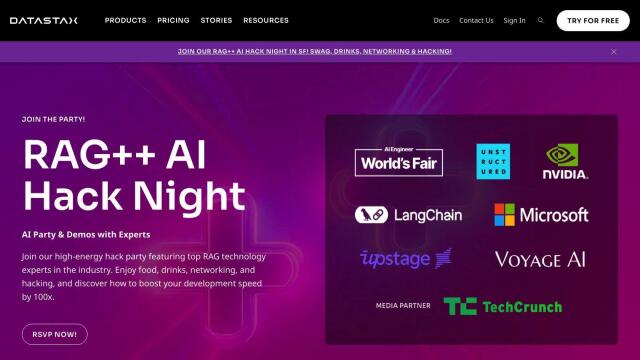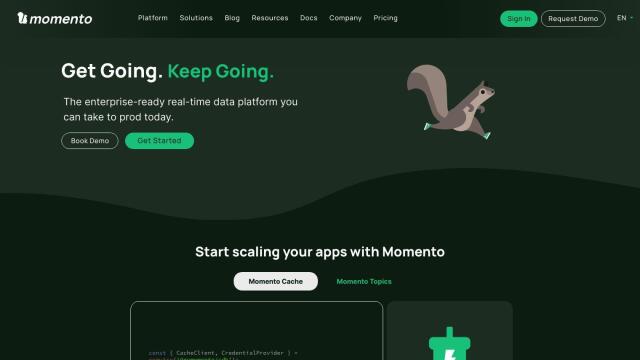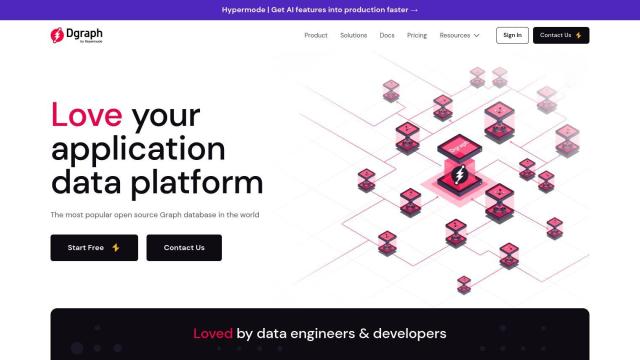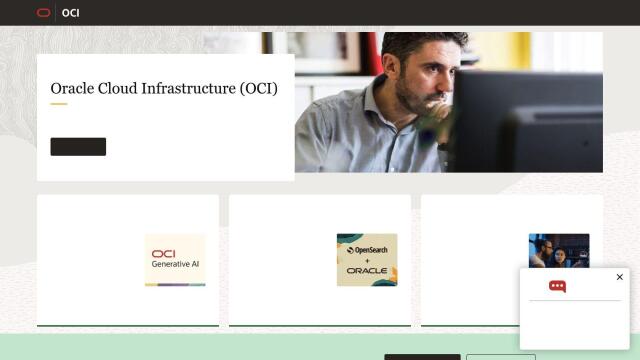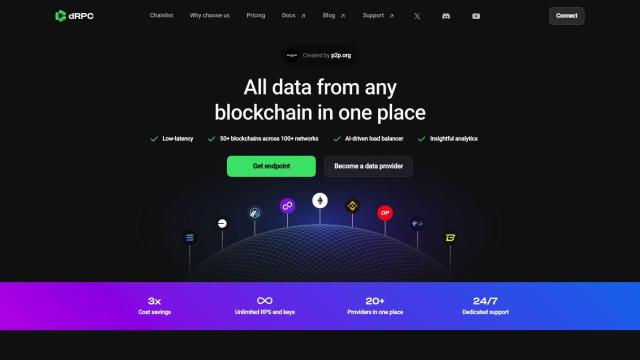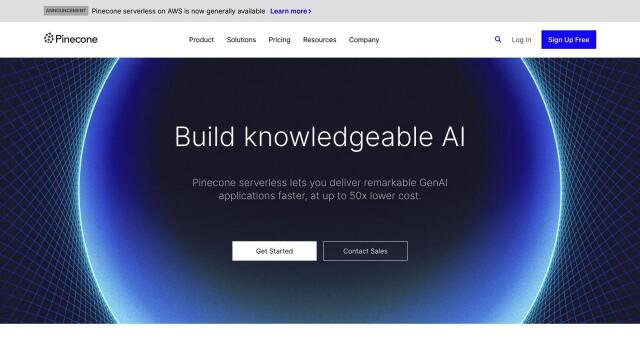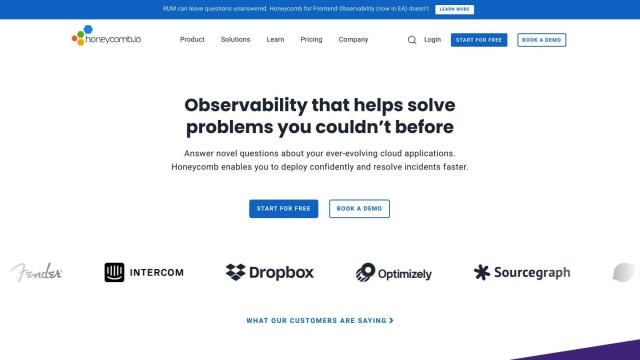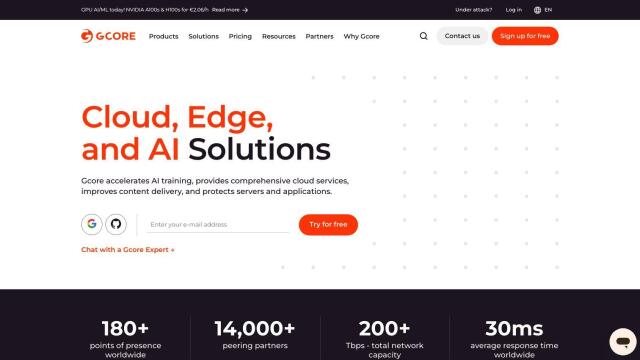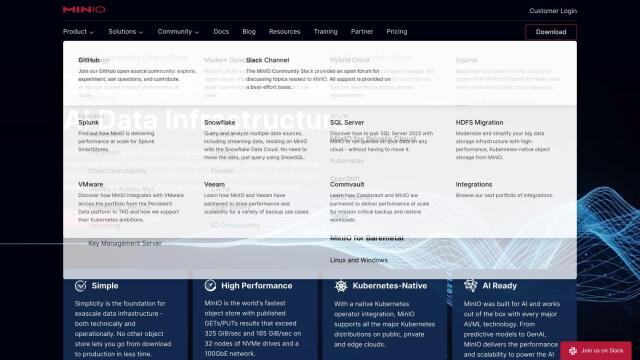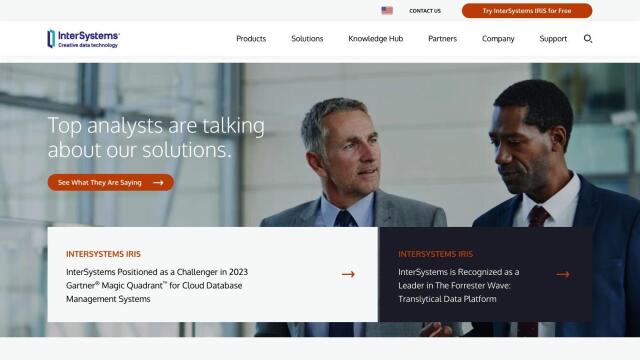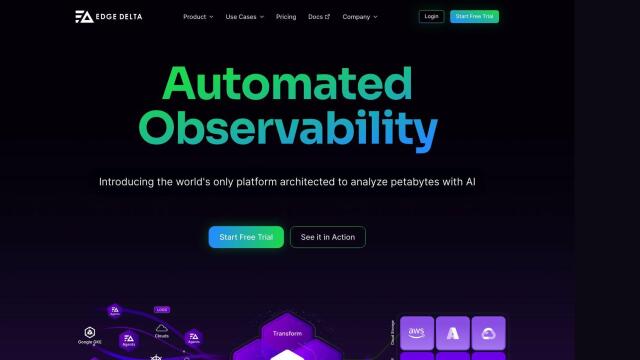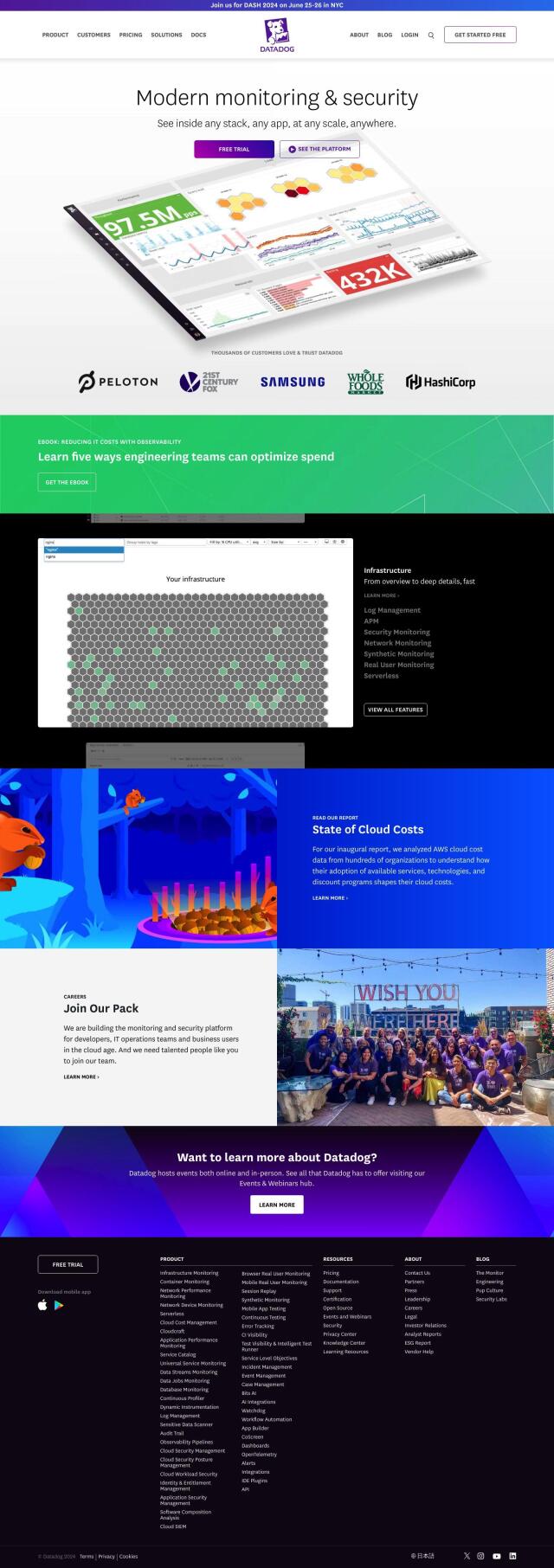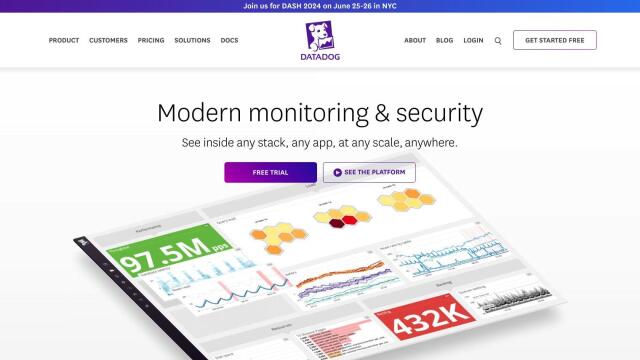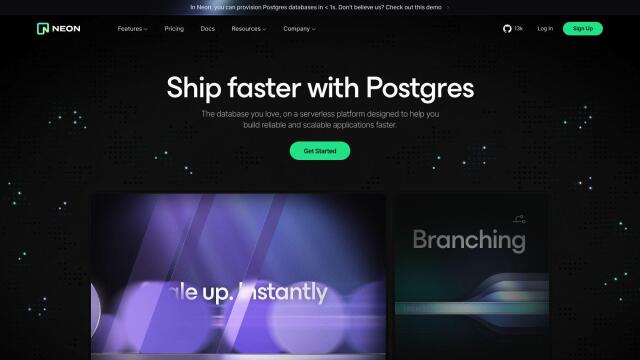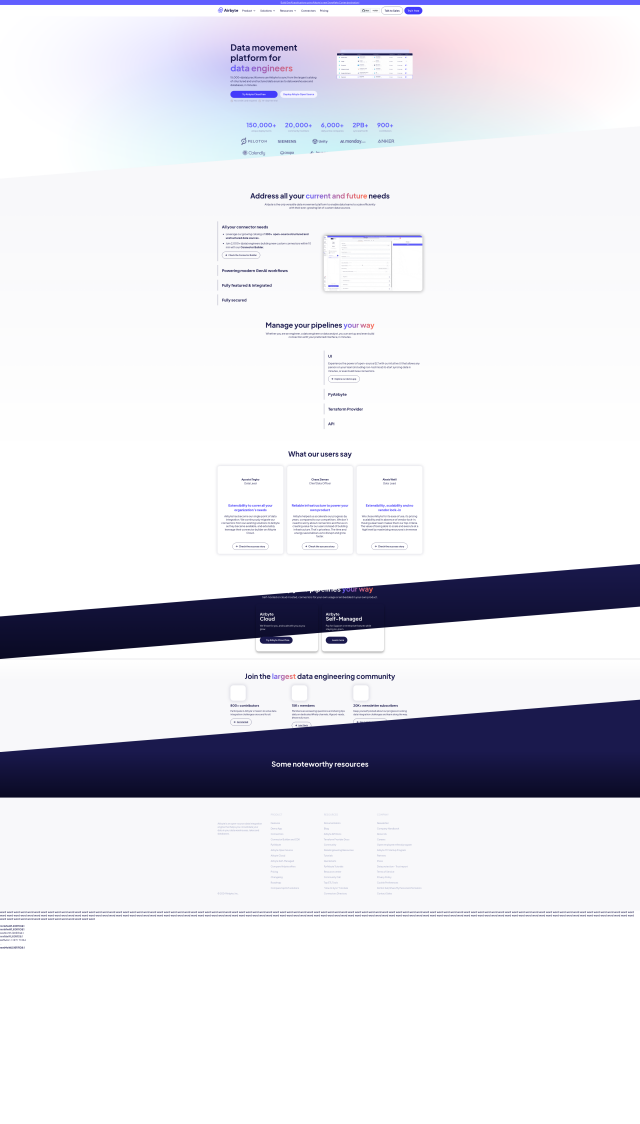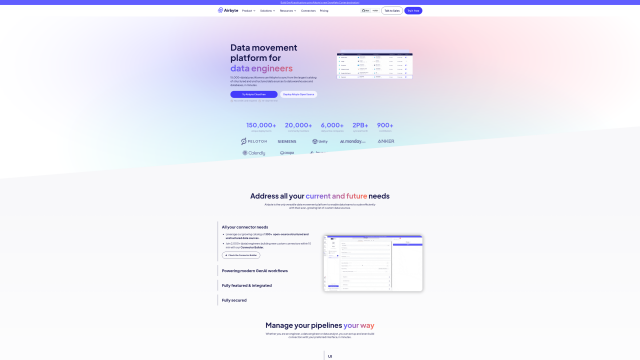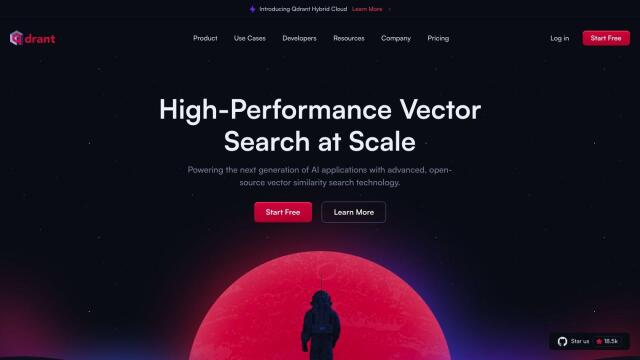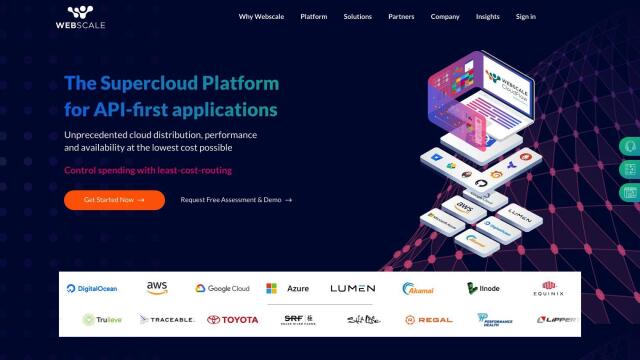Question: Can you recommend a data-centric solution for building distributed systems that require low latency and high reliability?

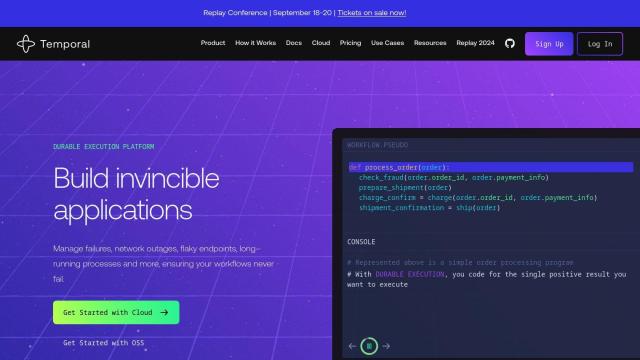
Temporal
For distributed systems that need low latency and high reliability, Temporal is a great option. This open-source durable execution platform ensures applications run to completion even when there are failures with durable execution, event-driven architecture, SAGA, and distributed transactions. It supports multiple programming languages and can be deployed in self-hosted and fully managed serverless options with Temporal Cloud, which is available in 11+ regions and is licensed under the MIT license.

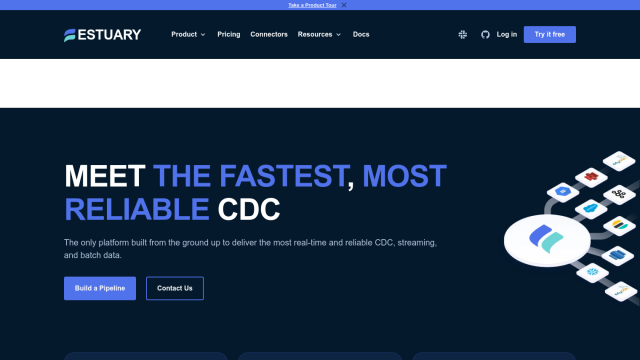
Estuary
Another strong option is Estuary, a real-time data integration platform for change data capture (CDC), ETL, and streaming pipelines. It's designed for reliability and low latency with features like 100+ no-code connectors for data capture, stream-store-replay for storing and replaying data, and flexible materializations. Estuary's sub-100ms end-to-end latency and automated pipelines make it a good fit for agile DataOps, with pricing based on the amount of change data moved per month.

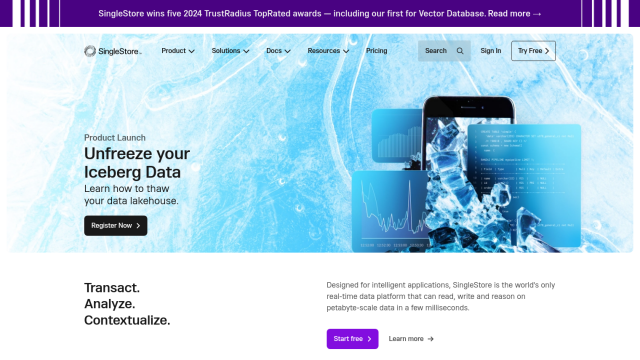
SingleStore
SingleStore is great for real-time data processing at petabyte scale with millisecond query performance. It combines transactional and analytical data in a single engine, can handle high-throughput streaming data ingestion, and has read replicas for separate compute scaling. With its universal store and support for multiple data models, SingleStore is used for things like generative AI and real-time analytics, with pricing based on usage and a free tier available.

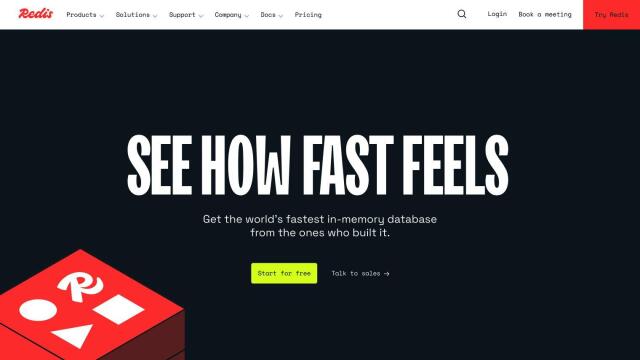
Redis
For high-performance, low-latency use cases, Redis is a flexible in-memory database. It supports multiple data models like JSON and Search, and has features like enterprise caching and optimized AI applications with vector search. Redis is available as a community edition, Redis Cloud, and Redis Software, with abundant documentation and tutorials to help developers get the most out of their applications' performance.

